All the information you need to make the right end-of-life choice for you.
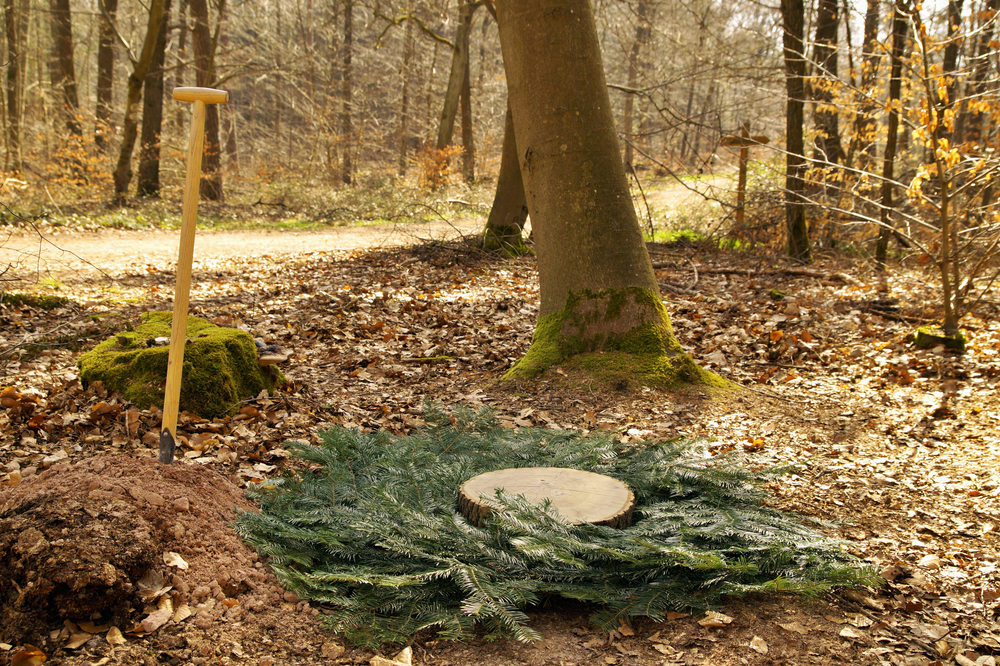
Natural burial
Often referred to as a "green burial" or "woodland burial", this is a simple yet heartfelt way to bid farewell to a loved one.
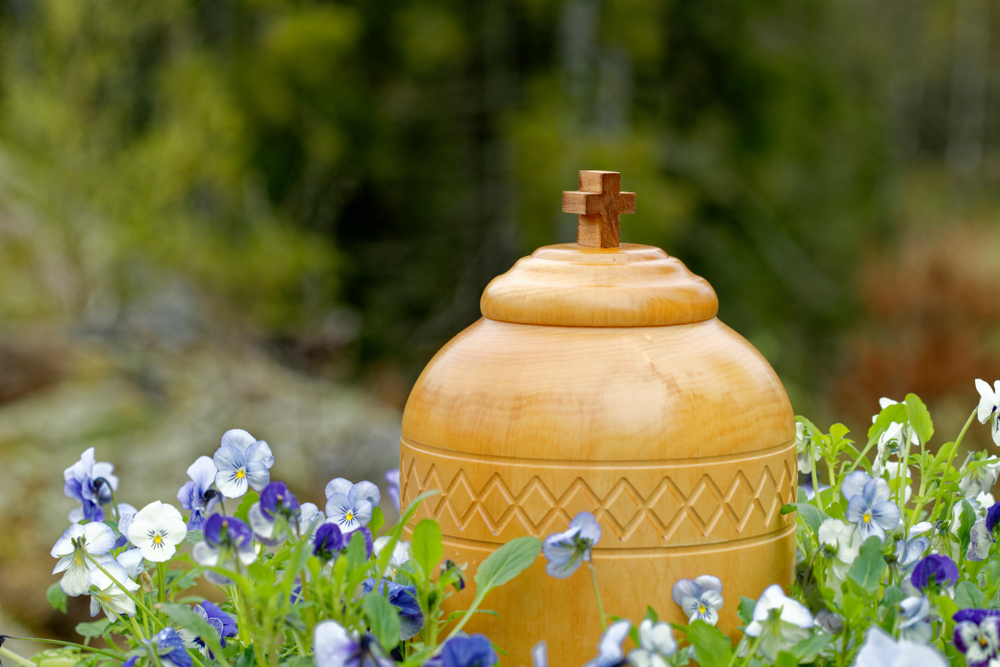
Water cremation
Sometimes known as "aquamation", this is a low-energy alternative to traditional cremation.
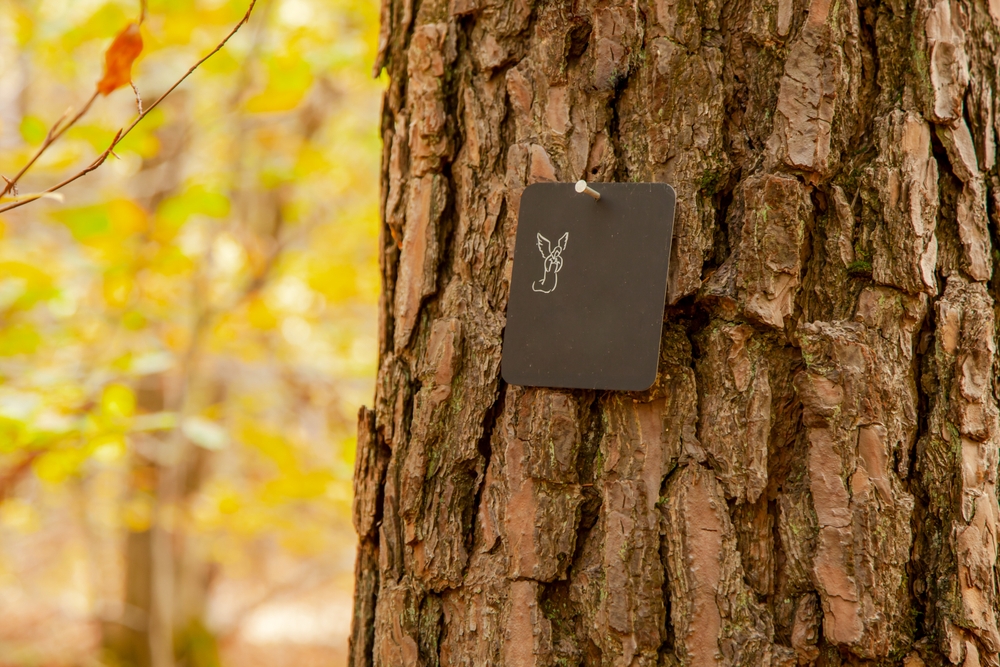
Tree pod burial
Also known more simply as "tree burial", this method of burying a loved one's ashes celebrates the circle of life.
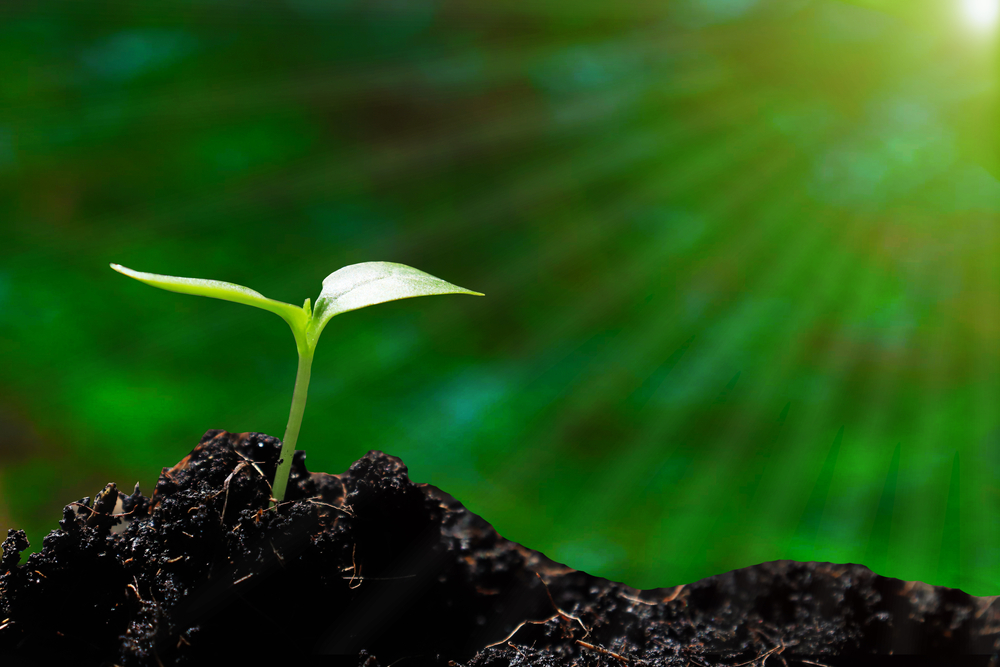
Human composting
The process of "terramation" transforms human remains into rich soil, fostering new life and growth.
An Introduction to Sustainable Burial Options
Planet Friendly Funerals was born out of a genuine desire to provide a comprehensive resource to help individuals explore the eco-friendly, environmentally sustainable burial options that are available today. Whether you’re planning the funeral of a loved one, or starting to think about what you’d like for your own final journey, our hope is that this website will be able to answer your questions, and give you the guidance you’re looking for.
But before we start examining the world of Earth-friendly burial alternatives, let’s take a moment to understand why these options are becoming increasingly essential. Traditional Western funerals, as we know them, leave a significant environmental footprint.
Traditional cremation
One of the most common forms of final disposition is cremation. However, traditional cremation comes at a cost. The process of cremation requires an immense amount of energy and emits harmful pollutants, including carbon dioxide and mercury, into the atmosphere. Each traditional cremation is like adding a log to the already blazing fire of climate change.
Embalming fluids
Embalming is another customary practice that has a hidden environmental impact. The embalming fluids used to preserve the body contain formaldehyde, a known human carcinogen, as well as other chemicals. These toxic substances can leach into the soil, posing a threat to both the environment and those who work in mortuaries.
Caskets
Traditional caskets are often made from metal or hardwoods coated with varnish, neither of which is particularly eco-friendly. The production of these caskets can contribute to deforestation, while the varnishes can emit harmful chemicals into the air.
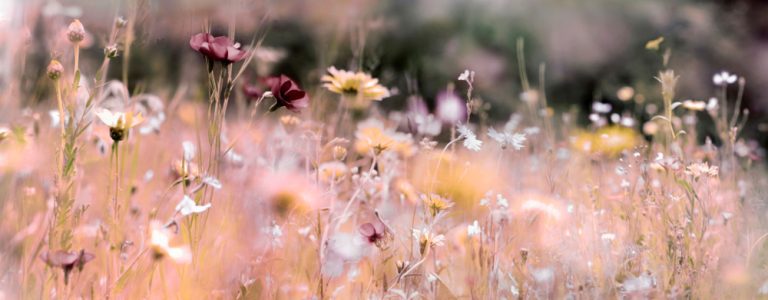
Embracing green alternatives
Now that we have a better understanding of some of the environmental consequences of traditional funerals, let’s take a quick look at a few of the eco-friendly options available that leave a gentler mark on the planet.
Green burials
These are a beautiful, natural way to bid farewell to a loved one. The body is not cremated or embalmed, and is instead placed in the earth in either a biodegradable shroud or casket, allowing it to decompose naturally. Because no embalming fluids, hardwood or metal caskets, varnishes or concrete vaults are used, the environmental impact is significantly reduced. Green burials, or woodland burials, create a lasting connection between the deceased and the land. They usually take place in specific green burial sites or nature preserves, and so also promote the growth of native plants and support local ecosystems, transforming the site into a vibrant, living memorial.
Natural burials
These are similar to green burials, but not identical (although the terms are often used interchangeably). The deceased are buried only in biodegradable containers — for example, caskets made out of willow, wicker or seagrass — but may quite often be buried in a traditional cemetery that has an area set aside specifically for natural burials. No heavy machinery is used for digging the grave site. Instead, grave sites are dug by hand.
Water cremation
Also known as aquamation, or alkaline hydrolysis, this innovative process uses water, heat and alkali to gently break down the body. The bones are then removed from the water cremation chamber and are crushed into ash, before being returned to the family. This method requires less energy and emits fewer pollutants than traditional cremation.
Tree pod burial
Tree pod burials, sometimes also known more simply as tree burials, involve the ashes of the deceased being placed in a biodegradable “pod” or container, which is then either buried in the ground under an existing tree or with a young seedling, allowing your loved one to continue contributing to the cycle of life. Another option is for the biodegradable urn containing the ashes to be specially designed to also include seeds and soil, allowing a new plant to germinate once planted. While technology is in development to allow for a human body to be placed in a biodegradable pod and then buried, this option is not yet commercially available.
Human composting
Also known as terramation or natural organic reduction, human composting involves placing the body in a vessel with organic materials, such as wood chips and straw. Over a period of several weeks, the body naturally decomposes, turning into nutrient-rich soil. This method not only reduces the carbon footprint of traditional burial methods, but also transforms our remains into a valuable resource for the Earth that can foster new life and growth.
Conclusion
The journey to deciding on an eco-friendly, environmentally sustainable burial option is a personal and deeply meaningful one. At Planet Friendly Funerals, we’re committed to providing you with as much information as possible to help you make the right choice for you or your loved one. To explore the options outlined above further, please browse the website. And together, let’s make the world a greener, more compassionate place, one final farewell at a time.

